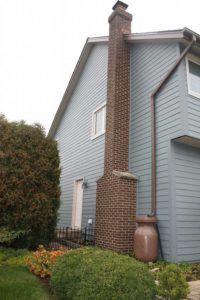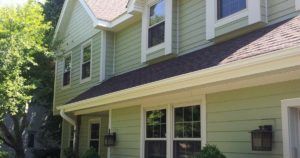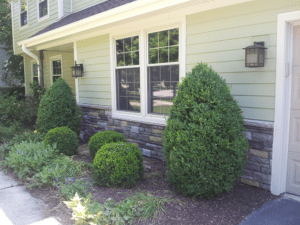Fire resistance is one of the most important factors when selecting new siding products. It is your home’s last line of defense against the elements. Some siding can have scary results when in contact with flames, some even acting like kindling by fueling the fire and igniting the entire home. Lets go over some of the most popular siding materials, and how they stand up to flames.
Vinyl Siding
Vinyl siding melts pretty quickly when in contact with flames. It creates a dangerous mess with toxic fumes, and fairly quickly exposes the home. Poor quality vinyl siding products have even been seen to bubble and warp after only sun & heat exposure, as seen in this abc news report.

Only high-quality materials from trusted manufacturers when handling siding installation
Wood Siding
Most wood siding takes time to ignite. It normally requires consistent flame exposure to catch fire, but once it does catch fire the results can be catastrophic. Wood can be treated with fire retardants to make it more fire resistant, but these chemicals often contain toxins and emit VOC’s.
Fiber Cement Siding
Fiber cement siding is know to be one of the most fire resistant siding materials. It is a composite of cement and wood fibers that is very resistant to flames. Fiber cement siding is fire resistant without the use of toxic fire retardants, making it a great choice for those seeking fire and environmental safety. One of the most popular lines of fiber cement siding is called James Hardie Siding.

Only high-quality materials from trusted manufacturers when handling siding installation
Watch this video to see how these siding materials react when exposed to flames.





